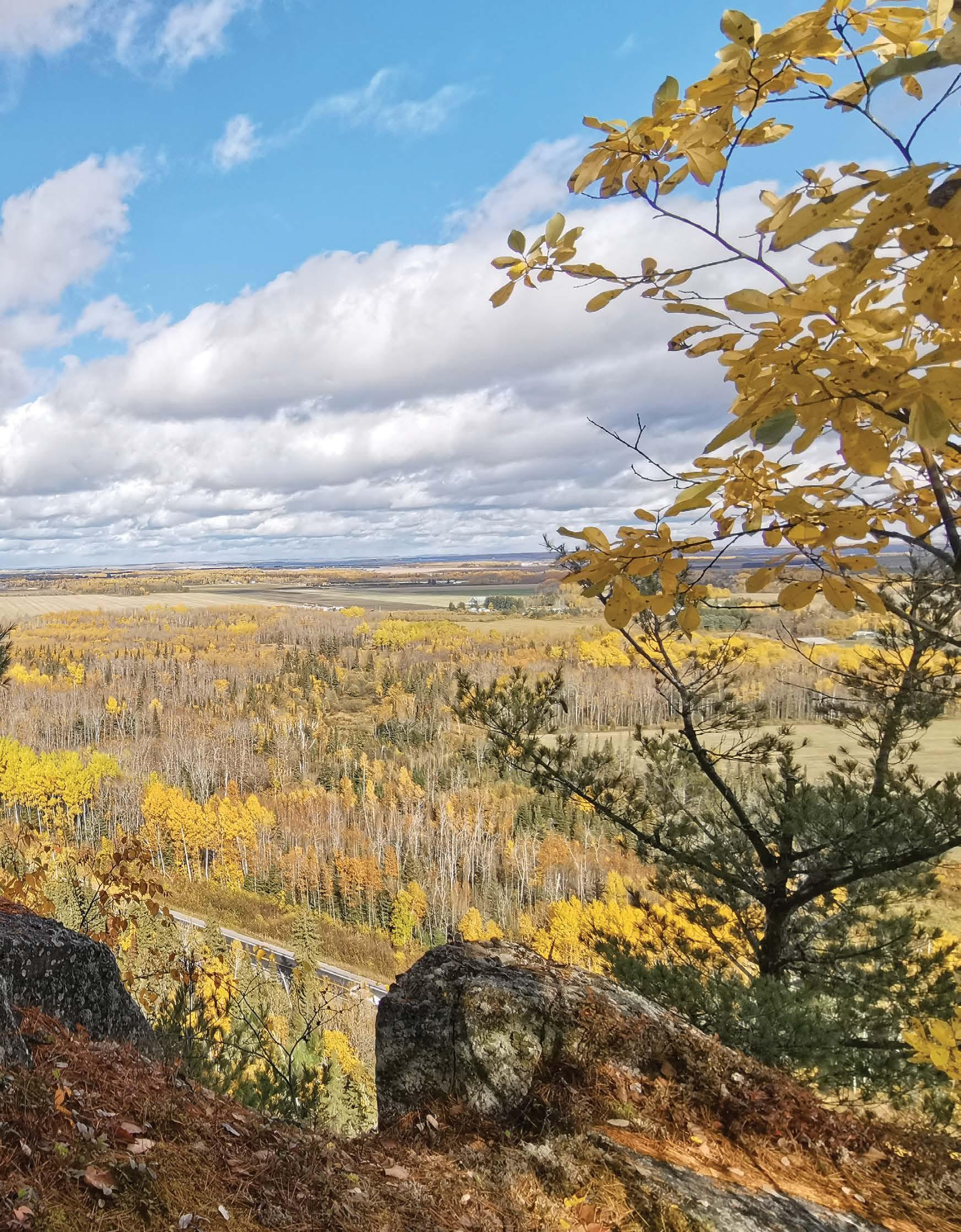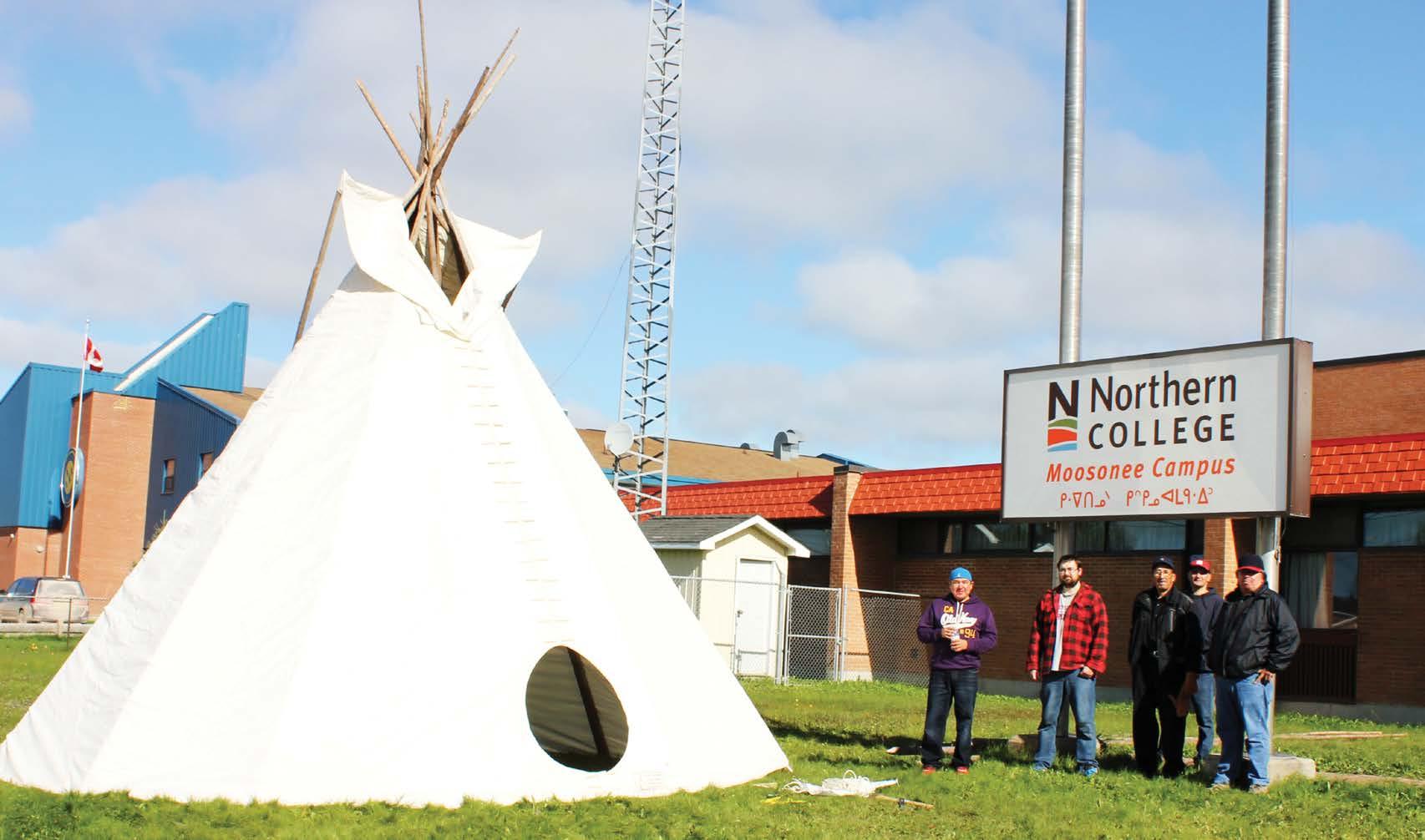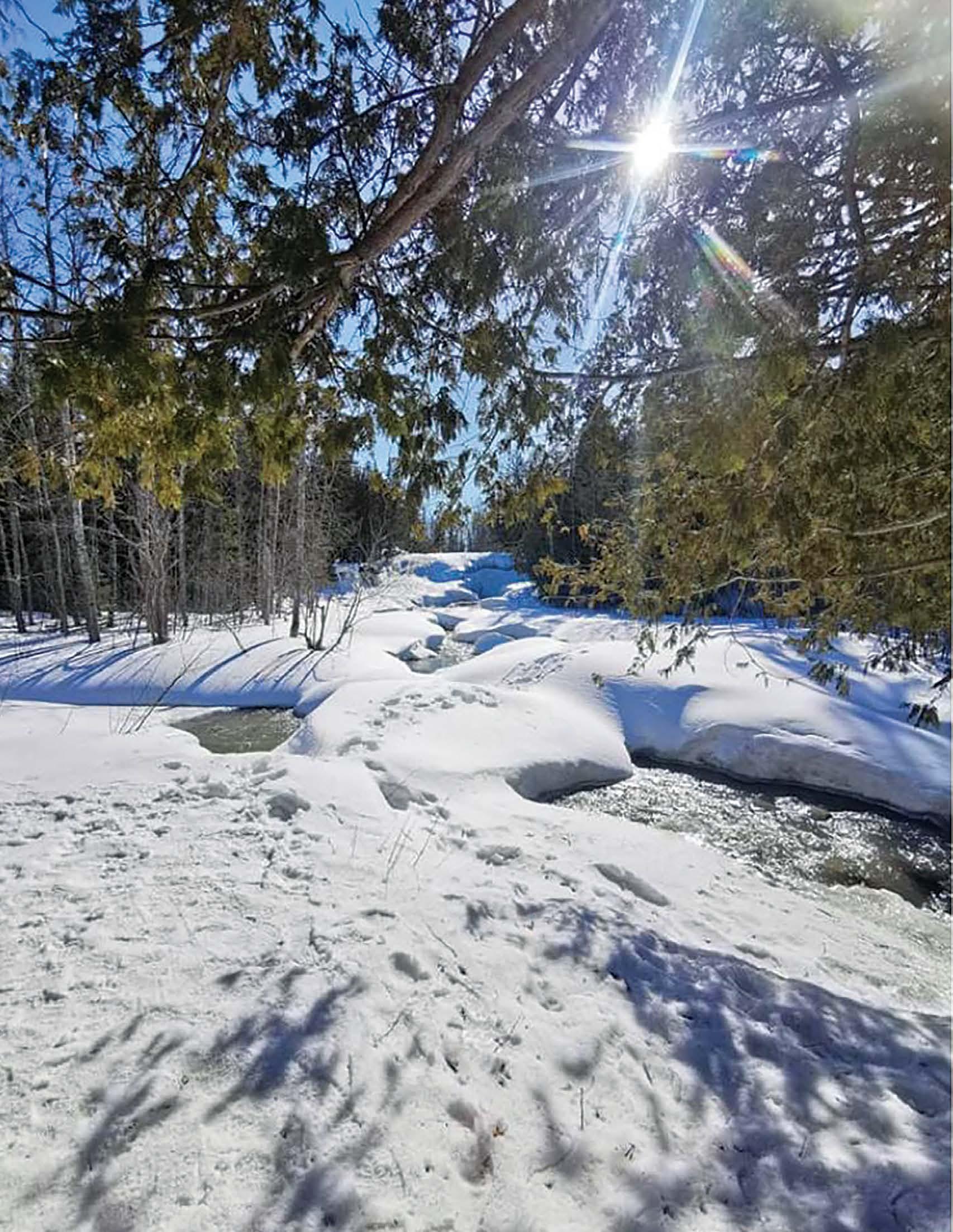
4 minute read
Appendix C: Strategic Planning Committee Process
APPENDIX C
STRATEGIC PLANNING COMMITTEE PROCESS
The first role of the Strategic Planning Committee was to review the data that had been gathered through the survey and analyze it. To do so, committee members began the process of: ◼ determining and confirming the suitability of the themes presented, ◼ developing word outcomes items - general statements indicating what would be done through the
Strategic Plan mandate, ◼ editing, recommending changes, and confirming/agreeing that the directions, objectives, outcomes, and metrics were innovative, impactful, attainable, measurable and within the capacity of Northern
College.
The Committee met on several successive dates in virtual meetings to do this work, collaborating as a whole as well as within smaller groups of 3-5 members in online break-out rooms to examine the data, create the main tenets of the Strategic Plan and refine the documentation through discussion.
The working documents the committee created underwent several revisions based on input from the different members of the group. Each smaller group of the planning committee focused on each key strategic objective and outcomes related to it then they discussed, amended, and agreed with the newly revised documentation.
SURVEY RESULTS –GATHERING AND ANALYZING DATA
The data was gathered after the survey window closed, and the results were impressive. Of the 4,000 invitations sent, 869 responses were gathered representing a response rate of approximately 22%. A response rate of over 13% is typically considered exceptional in research. This level of response was more than sufficient to move forward in collating the results by:
◼ reading each response ◼ determining commonalities ◼ collating the responses such that the analysis identified patterns and themes.
The responses were assembled according to their commonalities to eliminate duplication and to synthesize the information so that it allowed for the determination of suggested themes and patterns in the responses that would then inform the strategic directions and objectives.
Once results were collated, several themes emerged in the data. These included:
◼ The Learner and The Learning Environment ◼ Responsive/Reactive Change ◼ Social Justice ◼ The Environment ◼ The Economy ◼ Health and Wellness ◼ Student Success
◼ Innovation ◼ Internal Change
All of the collated responses were placed in corresponding themes that emerged for the purposes of an initial review by the President and the Strategic Planning Committee.
Some responses did not suit the emerging themes, nor did they present any new themes and/or patterns, but they were significant nonetheless as they provided information that was considered in the overall formation of the Strategic Plan.
Many surveys included comments that were positive and complimentary in nature that indicated that the College would be best to continue replicating this success, while others offered suggestions on how the College could become stronger.
In addition to the themes used in the development of the College’s new Strategic Directions, objectives, outcomes and metrics, the following were words repeated many times throughout the survey and are notable as they provide inspiration for future discussion and dialogue: trades promotion, mental health, changing technology, equal opportunity, virtual learning, student success, changing industry, be safe (with respect to keeping well during the pandemic), micro-credentialing, communication, and bridge programming.
MEMBERS OF THE STRATEGIC PLANNING COMMITTEE (SPC)
Although the Board of Governors for Northern College oversees the consultative process of determining a new and refreshed Strategic Plan that will guide the College, a group of employees along with a student representative was assembled to shape the Strategic Plan process for the review of the Board.
To this end, the Strategic Planning Committee (SPC) was struck in September and October under the guidance of the President with the intention of garnering the broadest representation from each of the Northern College campuses, areas of programming and services. This included a diverse group of non-teaching staff (support staff), teaching staff (faculty), administrative staff from both the academic and service areas of the College, student representation, and a member of the senior management team.
There are fifteen members of the Strategic Planning Committee –two from Moosonee, two from Haileybury, three from Kirkland Lake and eight from Timmins, some of whom have responsibility that extends to other campuses and employment sites.
The Strategic Planning Committee members are the following:
◼ Emilina Ticknor Student Representative, Haileybury ◼ Jennifer Huggins Faculty, Timmins ◼ Aaron Minor Support Staff, Kirkland Lake ◼ Willard Small Support Staff, Moosonee ◼ Kyle Gennings Support Staff, Timmins ◼ Kayode Arowolo Faculty, Timmins ◼ Janice Ranger Support Staff, Kirkland Lake ◼ Anna Sawicki Support Staff, Haileybury ◼ Aaron Klooster Management, Timmins ◼ Joseph Nakogee Support Staff, Timmins ◼ Diane Ryder Management, Moosonee ◼ Janelle Berthiaume Support Staff, Timmins ◼ Drew Enouy Management, Kirkland Lake ◼ Shanna Lecuyer Support Staff, Timmins ◼ Susan Hunter Senior Management, Timmins
This group represents four Northern College campuses, off-site locations (Employment Options Emploi), many employee groups, as well as one student representative.
Proud to be North. Proud to be Northern.
northern
Northern College
@mynorthernc
northerncollege
Questions about this document?
Please write to us at communications@northern.on.ca
We wish to thank Anna Sawicki, Northern College employee and outdoor enthusiast, for many landscape photos of the region included in this document.






